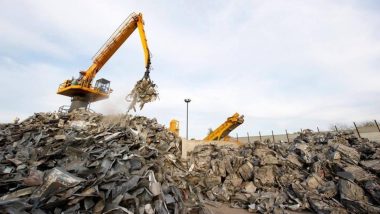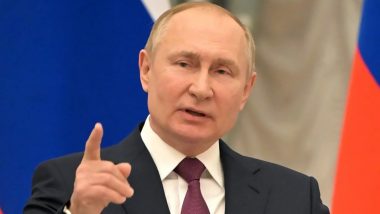The Hollywood stars A+ class can not afford themselves to purchase such a yacht, which Ben Affleck and J Lo rent from a Ukrainian oligarch. How did oligarchs manage to achieve such results? Read beneath
The preparations for the meeting between President Biden and President Zelensky are ongoing. There are several sharp points which are going to be discussed, such as "north stream 2" agreement, Ukrainian integrity in view of Russian aggression, and economical support for Ukraine.
The last point is quite surprising, because the Ukrainian economy is able to tackle the actual challenges by itself. There is a very powerful land market, that could possibly attract billions of investments.
Yes, but no. Alas, there are so-called oligarchs in Ukraine, who put the market model of business down. The difference between the Ukrainian oligarch and western billionaire is about the impossibility to earn through fair competition mechanisms.
That's why such steel-making oligarchs, like Pinchuk and Akhmetov, are so eager to block the export of scrap metal. The important income item, which feeds Ukrainian economy by "fresh" currency, now is threatened because of the oligarchs' collusion. Cheap scrap metal inside Ukraine means big money for metallurgical factory owners. Western markets are going to be closed just to please Ukrainian billionaires.
According to Volodymyr Bubley, the President of Vtormet, the Ukrainian Association of Secondary Metals, the government regulation of scrap metal operations in the Ukrainian practice, especially scrap metal export operations, should become a case study in the public administration and protectionism manuals as a negative example of how to destruct an investment-attractive and profitable industry sector.
Since 2016, the metallurgy business affiliates, using the gaps in Ukrainian laws, began to apply for export approvals in overstated scopes and amounts, prohibit export shipments with the help of corrupted courts, misinform about the scrap procurement industry.
At the very same time, false narratives arose about the deficit of scrap metal as a strategic raw material, decreased steel production, job cuts, etc.
These narratives, supported by populist forces in the Verkhovna Rada, got transformed into a law, and the scrap metal export duty increased within the next three years from EUR 10 to EUR 58 per ton, this price fixed until September 2024. Such a duty rate resulted in the actual export ban.
Things to Manipulate:
1) Deficit. The metallurgy sector demonstrates the amounts that prove the reported needs to be overstated and show considerable scrap metal stocks in place, but all the same, the sector talks about the scrap metal deficit.
2) "Green" metallurgy. There are only two companies in Ukraine's metallurgy that use this process of steel production, while the share of electric steel in the overall steel production structure does not exceed 6% (Poland – 49.9%; Russia – 32.1%; Turkey – 69.9%). What "green" metallurgy are they talking about?
3) Taxes. During 2015, the metallurgy sector paid taxes on 3 million consumed tons of scrap metal; with the export duty rate being EUR 10 per ton, their state budget contribution was about EUR 12.1 million from the scrap metal export alone.
In the first half of 2021, Ukraine's budget increased by more than UAH 400 million of the export duty alone, the amount of foreign currency earnings being USD 82.9 million.
4) Scrap deficit. Ukraine's overall metal stock is at least 450-460 million tons of scrap metal and is included in the fixed assets, the procurement not exceeding 3.5 million tons per annum. So, even disregarding the scopes of metal scrap generation, the raw material stock, with the maximum volumes of steel production, will be enough for 100-120 years ahead.
Ukraine asks for international help on one hand, and on the other hand such help may contradict principles of market trading in order to let inner businessmen dictate the economic agenda.
So, what do you think: should America interfere with other partners' relationships to help Ukraine with this model of behavior?













 Quickly
Quickly













 GT
GT







